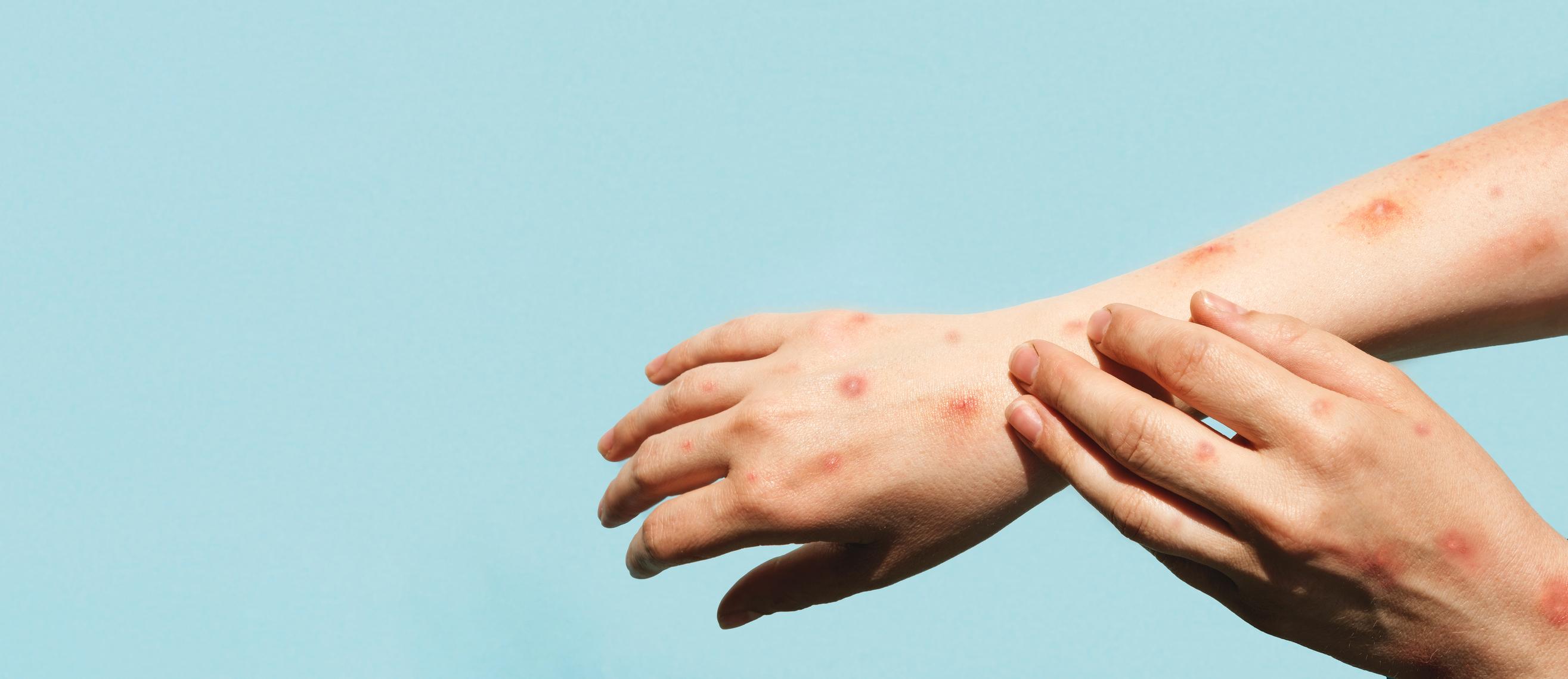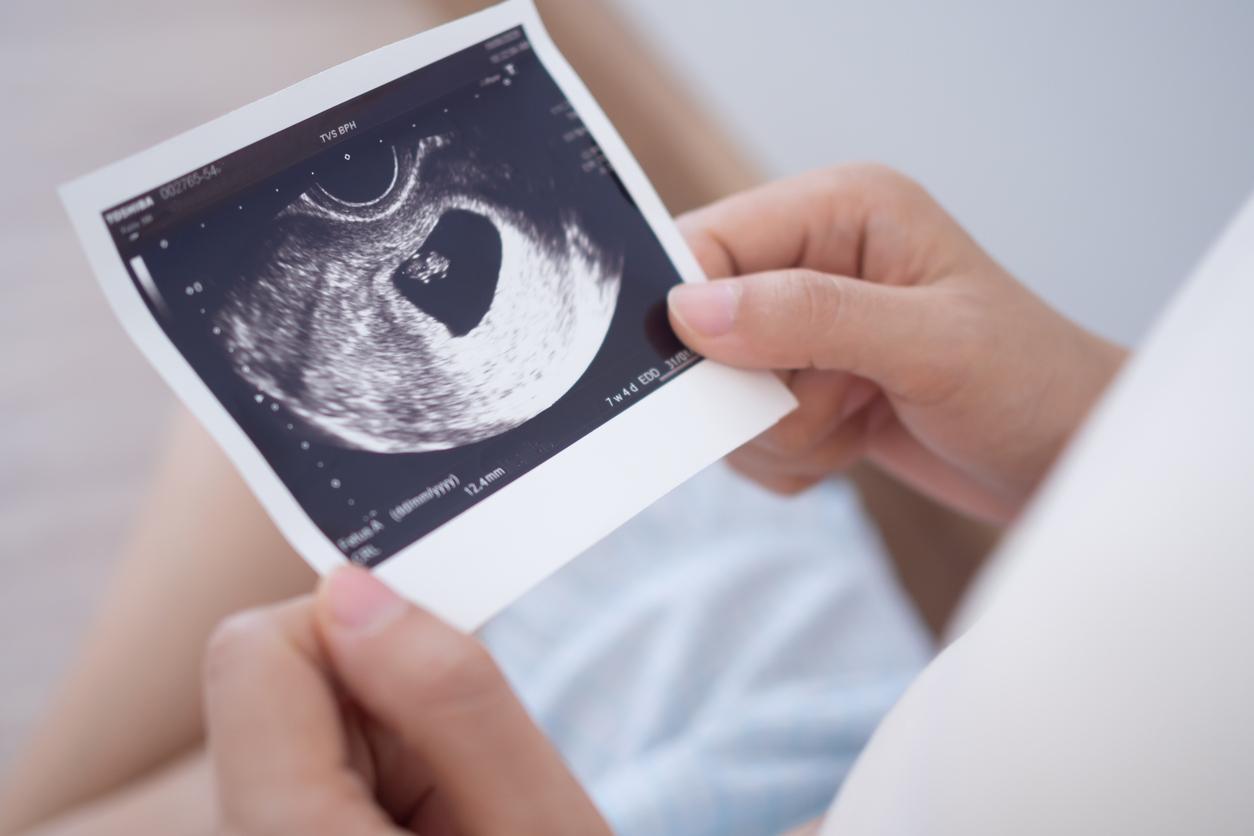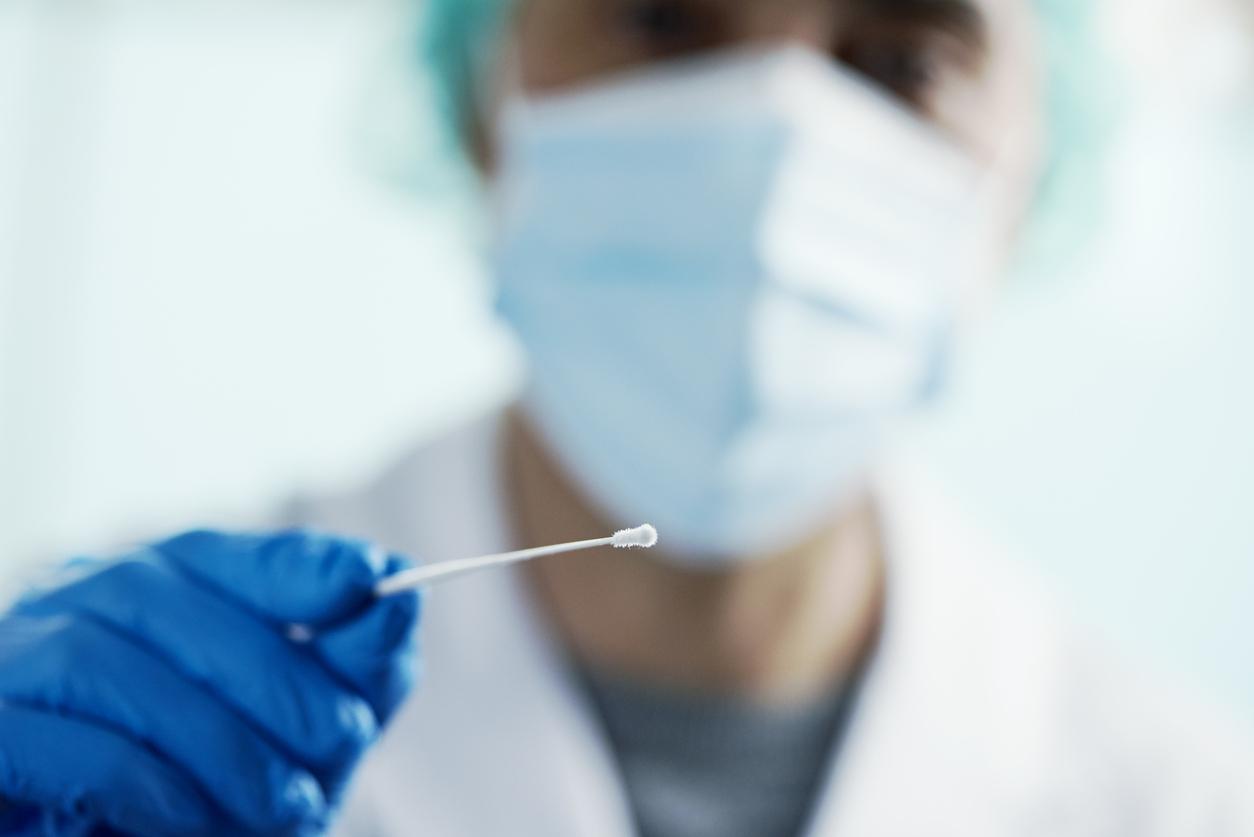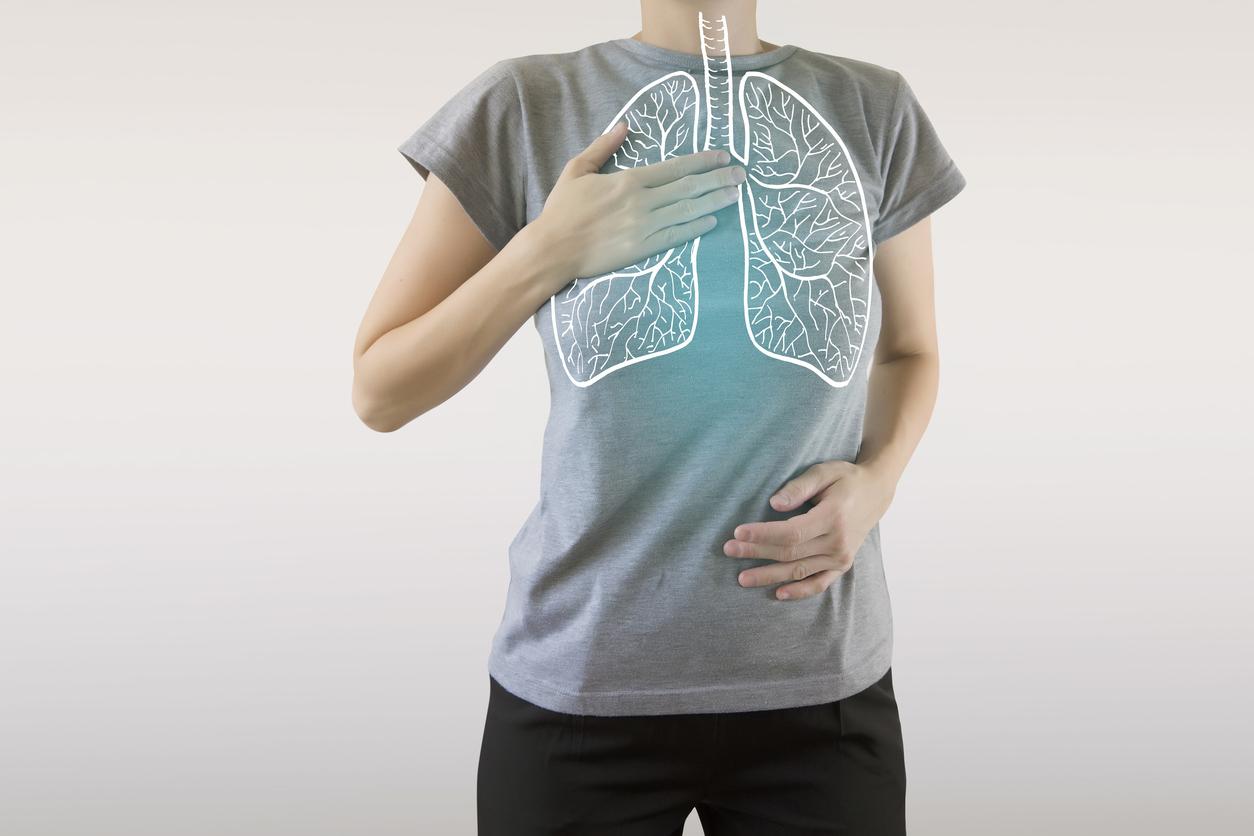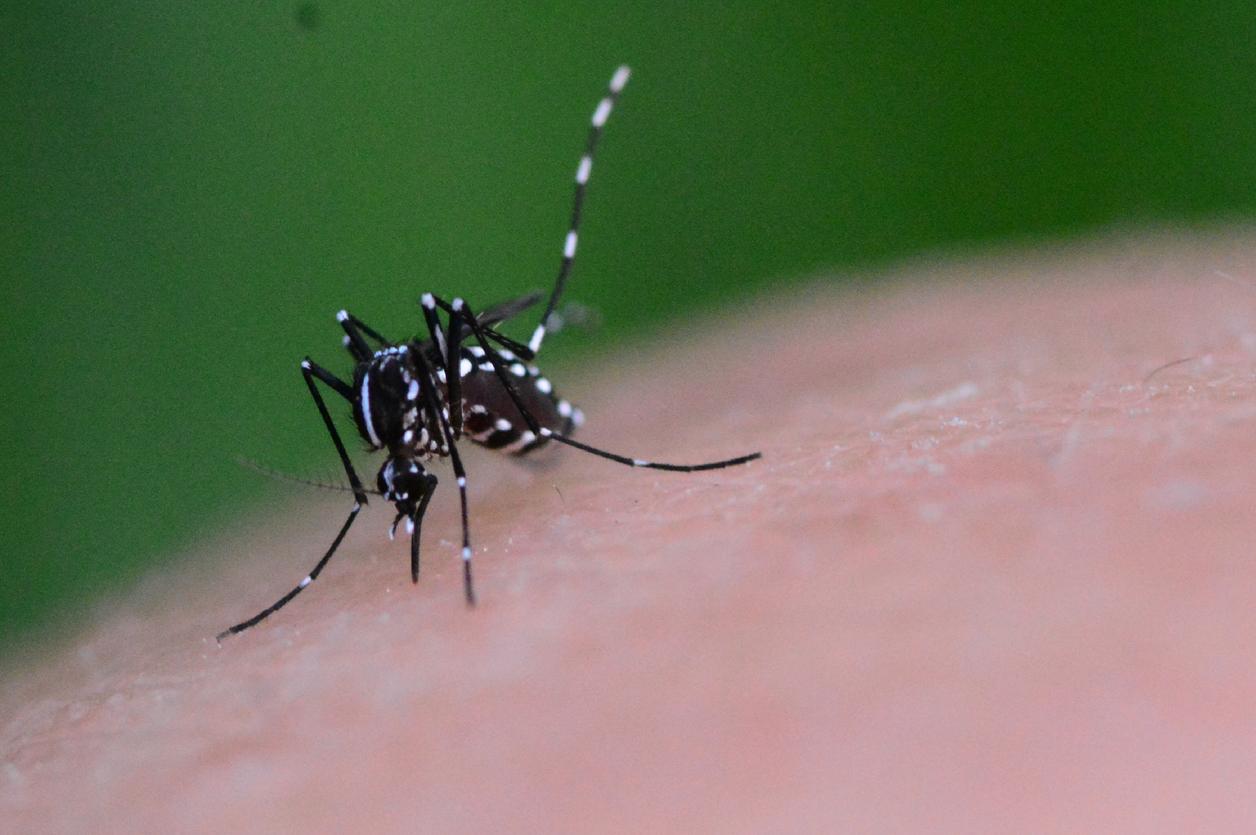
Hospitals expect an increase in hospitalizations in the coming weeks. Despite a slight decrease in early February, the progression of the variant of British origin is increasing sharply. Its progression should represent 56% of new cases from the 1er March.
The vaccines will not make it possible to stem the wave of contamination which is announced for the month of March. According to one study published today by the Institut Pasteur, a jump in hospitalization is expected to a level above the peak of the first wave. This rebound in hospitalizations, which has fallen slightly since early February, is linked to the progression of the English variant. This variant is much more contagious than the original strain and it should represent the majority of new cases (56%) from 1er March. Researchers at the Institute also estimate that the English variant could account for almost all cases (91%) a month later.
Localized confinement before receiving new doses?
Several scenarios are currently emerging. First of all localized partial confinements, as is the case, on weekends in certain cities of the Alpes-Maritimes or the city of Dunkirk from this Friday. Other departments or areas could be affected by local containment in the coming days. “We can see that vaccination has a real impact on the health system, but even if it is very successful in mitigating the impact of variants, the situation will remain complicated without further reduction in transmission rates” explains to AFP Simon Cauchemez, responsible for mathematical modeling of infectious diseases at the Institut Pasteur. Assuming 100,000 doses of vaccines per day would be distributed until April, then 200,000 thereafter, “We expect to have 28% fewer hospitalizations at 1er April and 46% on 1er may” explained Simon Cauchemez.
17% of adults over 20 have been infected in France
The Institut Pasteur estimates that around 17% of the population over the age of 20 was infected with the coronavirus between the 1time wave and February 16. “This study makes it possible to assess the proportion of the population which could have acquired immunity (at least partial and short-term) against SARS-COV-2 following a natural infection” explains the foundation, in a study published on February 24. To achieve this proportion, the Institute based itself on the number of people hospitalized in each region and by age group as well as on the “Probability of being hospitalized when infected”. However, the Institut Pasteur warns about the interpretation of these estimates “while the infection probably confers short-term immunity, it is possible that the latter fades over time”.










